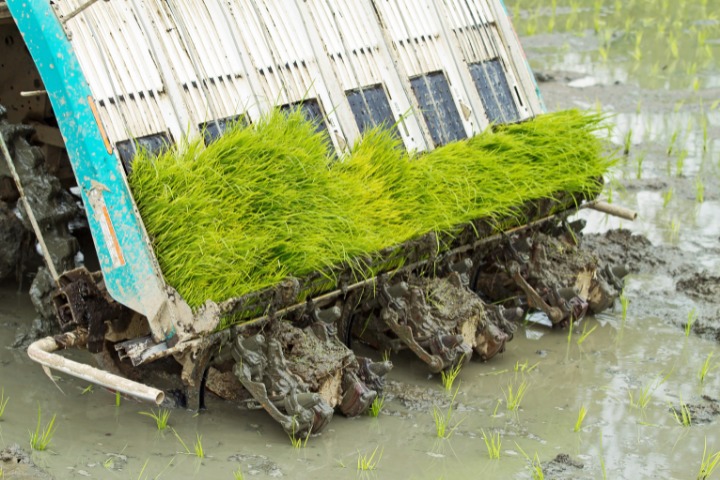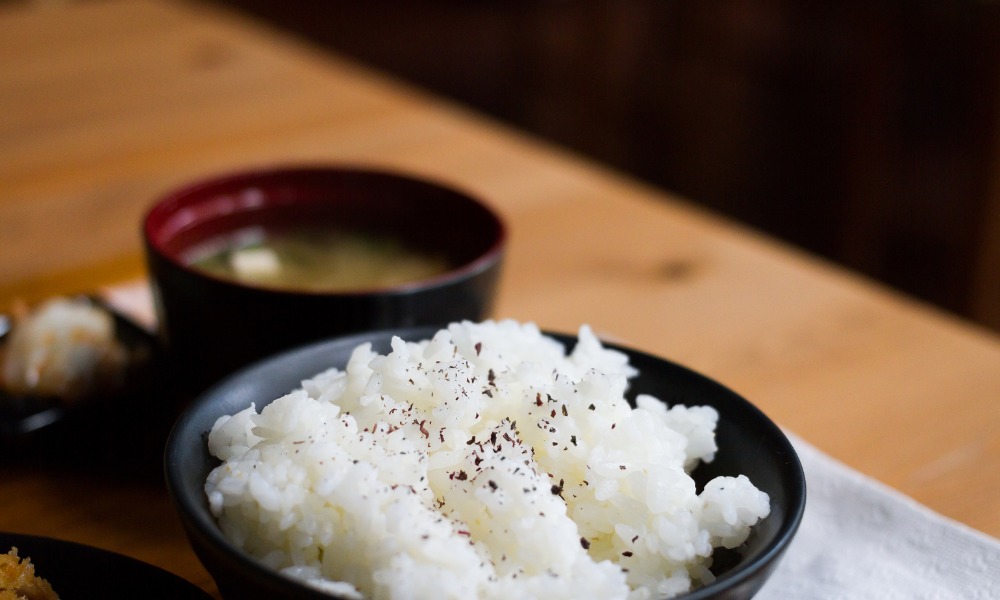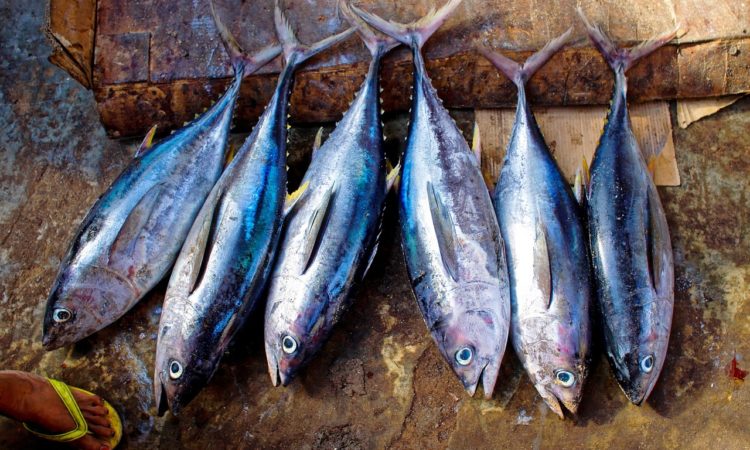Have you ever wondered why rice from Niigata tastes so delicious it’s considered number one in Japan? Once you’ve tasted Niigata’s high-quality rice, you will never be satisfied with eating rice cultivated elsewhere. In this article, I will explore the reasons why Niigata rice has proven to be a hit over the years.
3 Reasons Why Niigata Rice Is The Best in Japan
There are three main reasons why Niigata rice is famously delicious; let’s take a look.
Snowmelt Provides Natural Irrigation
Niigata Prefecture is known as the “snow country” (Yuki Guniin in Japanese). It is one of Japan’s regions best characterized by many ski resorts and significant snowfall. The winter season offers a great deal of snow accumulation on the mountain tops, covering the whole landscape, white as far as the eyes can see. The snow takes a long time to melt, and a substantial amount of energy is required. The ice starts to melt when a certain amount of heat energy or temperature is applied. And the absence of rain and sunshine does very little to help in the process. Even the snow’s thickness makes this process seem impossible, a huge task for nature to deal with.
Thankfully, nature has its systematic way. As winter turns into spring, the snow, once solid enough to break, slowly starts to melt. This snowmelt takes leaves and nutrients from the tree floor and carries them along the fast-flowing river into the rice paddies, providing precious irrigation for rice. This natural irrigation system helps paddy rice grow to its full potential, keeping the roots submerged in water.

Photo credit: Canva
Nutrients From the Mountains Enrich the Rice
Around late spring and early summer, snowmelt and the rich nutrients collected from the mountaintop are transported downstream by the rivers, through fields, and discharged into the Sea of Japan. This overflow of nature’s crystal-clear water enriches the soil with nutrients, making it an ideal environment for growing rice without the use of chemical fertilizer. Niigata’s three main climate conditions during the summer also play a significant role in the natural, delicious production. The first is a prolonged exposure to sunlight. Next is the quality-balancing average temperature of 24.5 degrees celsius and, finally, the significant difference in temperature between day and night.
The Skills and Passion of the Cultivators
A highly skilled workforce is needed to ensure we get the best out of all these natural processes and make the best rice. These highly-skilled, passionate cultivators bring a sense of community orientation to the whole process. Farmers in Niigata value their rice and how its environment and conditions have shaped their lifestyle to constantly enhance the quality. Even to the point where technological advancement has changed the way they cultivate their rice, making it more efficient now than it was a few years ago. Their commitment and devotion are consistent over time, from generation to generation, even though the times have changed. They take heart in the ritual that their cultivation is indispensable in keeping Niigata as the region’s number one rice-growing region.

Photo credit: Canva
Rice Is The Essence of Japanese Cuisine
To the Japanese, rice is the single most cherished food since it is the greatest trait that defines Japanese cuisine. At the heart of their dishes, you will find Niigata rice, superior quality rice with excellent flavour, a pleasing appearance, and consistent quality. So, whenever you are in Japan or have the chance to visit Japan, why don’t you try out the local Niigata rice brand called Koshihikari.
Related Articles:
- 5 Things To Avoid During a Japanese Meal
- Must-Experience Dining in Tokyo’s Peculiar Cafes
- Japanese Raw Food: Why Japanese People Love to Eat Raw Food
- Conveyor Belt Sushi: Japan’s Food Entertainment
- Wagashi: The Beauty of Japan’s Food Culture






